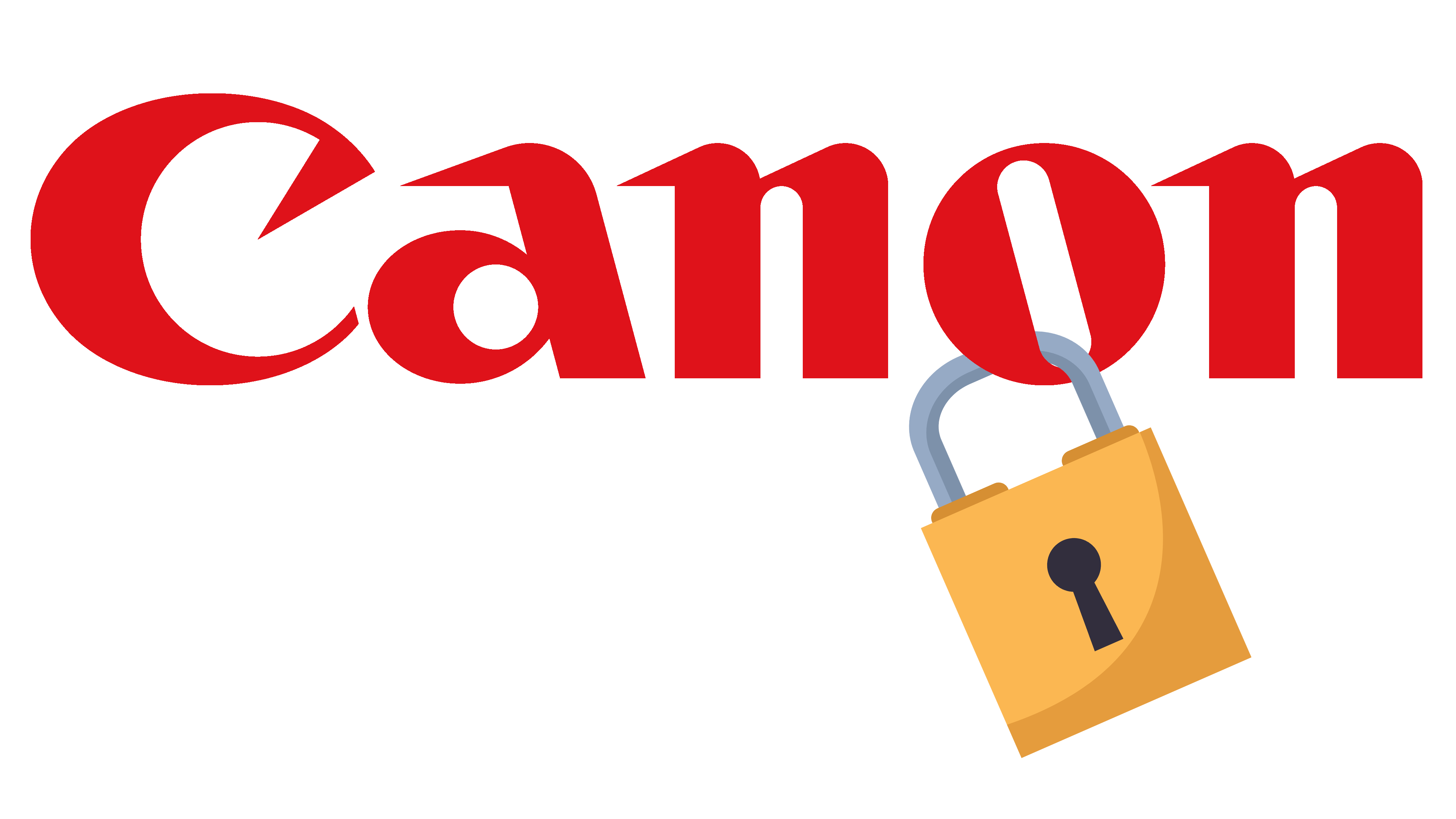
Ever since its inception in 2018, Canon has been fully invested in the RF mount, and it now offers a range of almost 50 RF and RF-S lenses. But as comprehensive as the line-up now is, there are inevitably still some gaps, which ordinarily would be filled by third-party manufacturers like Sigma and Tamron.
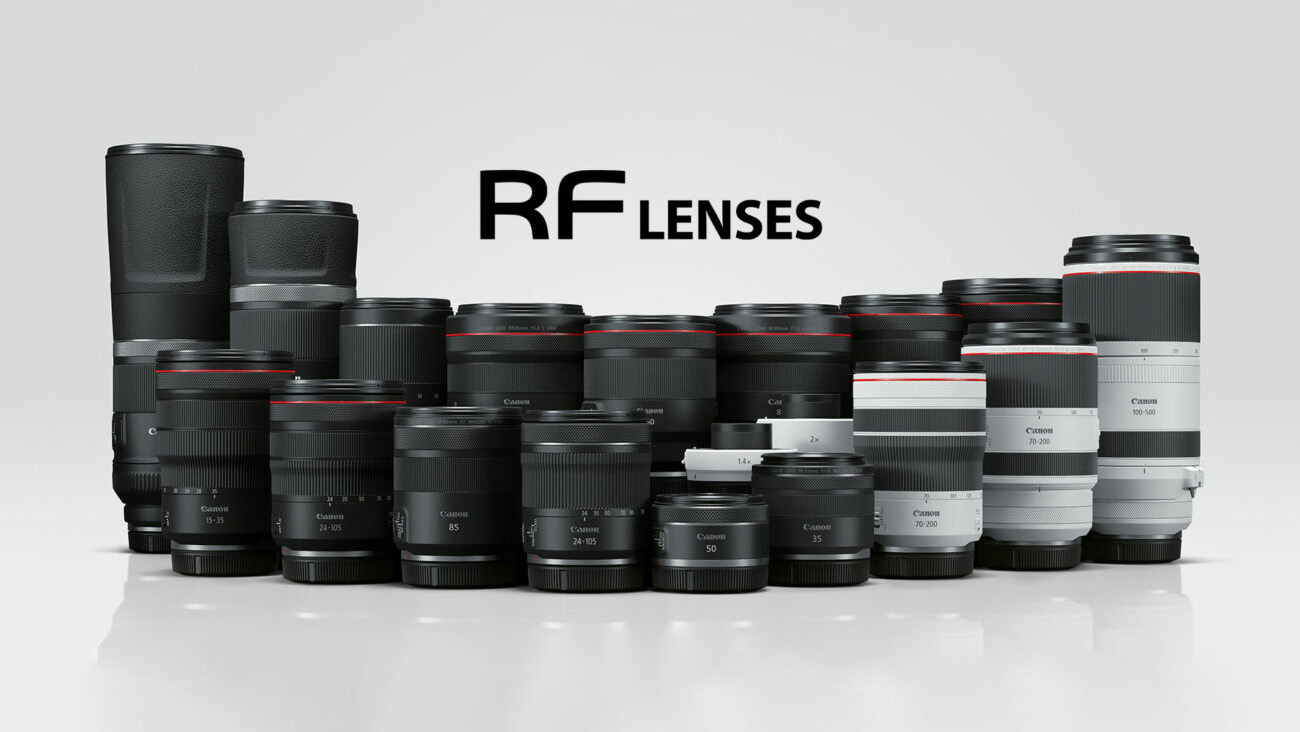
However, as it stands, Canon has yet to open up the RF mount to external lens manufacturers, at least for full-frame lenses. Since 2024 Canon has licenced the RF standard for crop-sensor RF-S lenses. This will have been welcome news for owners of cameras such as the EOS R100, R50 and R10, as Canon itself currently produces only 6 native RF-S lenses, and two of those are specialist 3D optics.
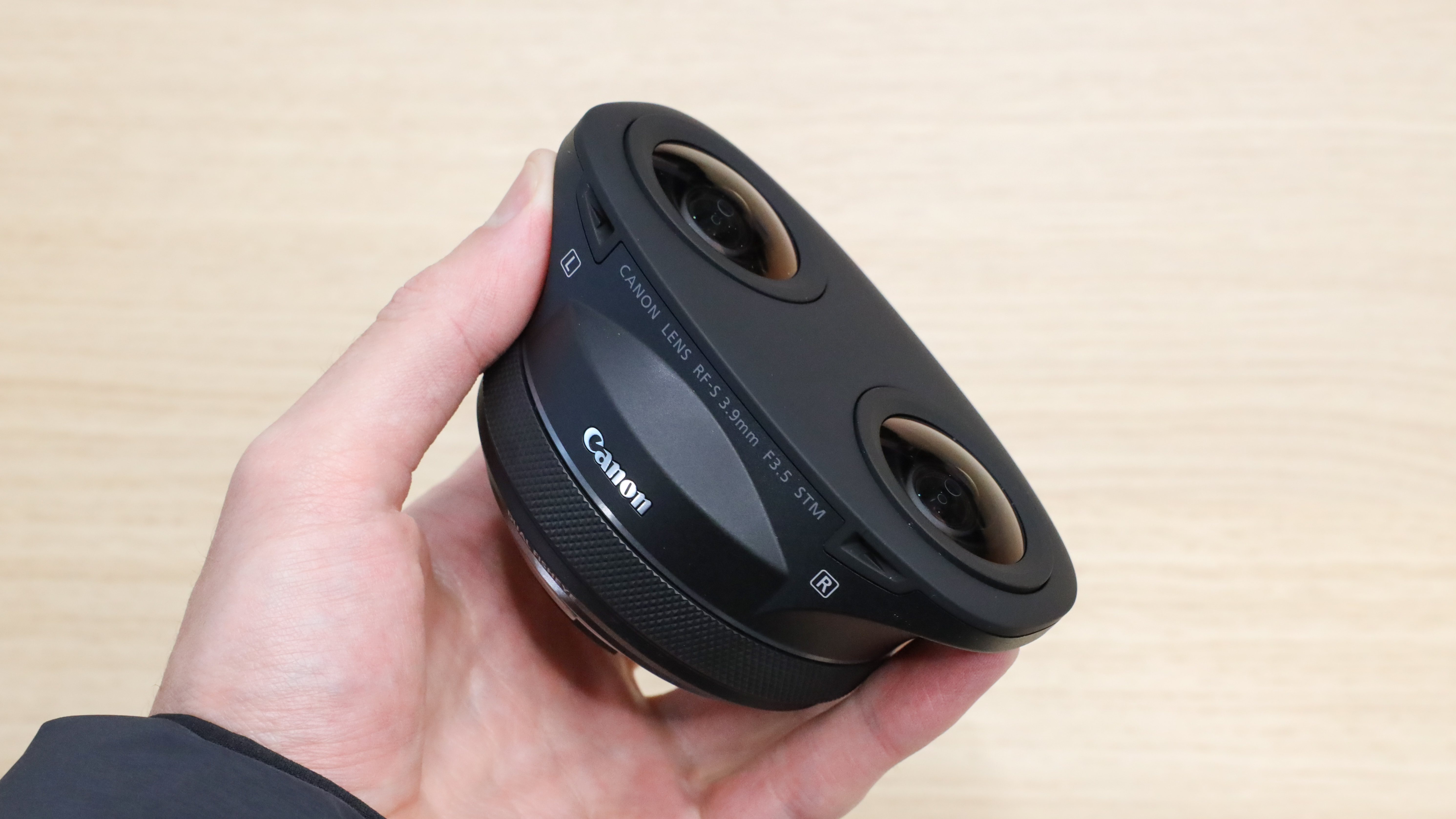
In an interview at this year's CP+ with Mr. Tsuyoshi Tokura, Vice President of Canon's camera division, it was asked whether Canon intended to open up the RF mount to external manufacturers of full-frame lenses. In response, Mr. Tokura said: "Right now, I can only say that we are deciding the content of the contract in our business strategy." (translated from the original Japanese)
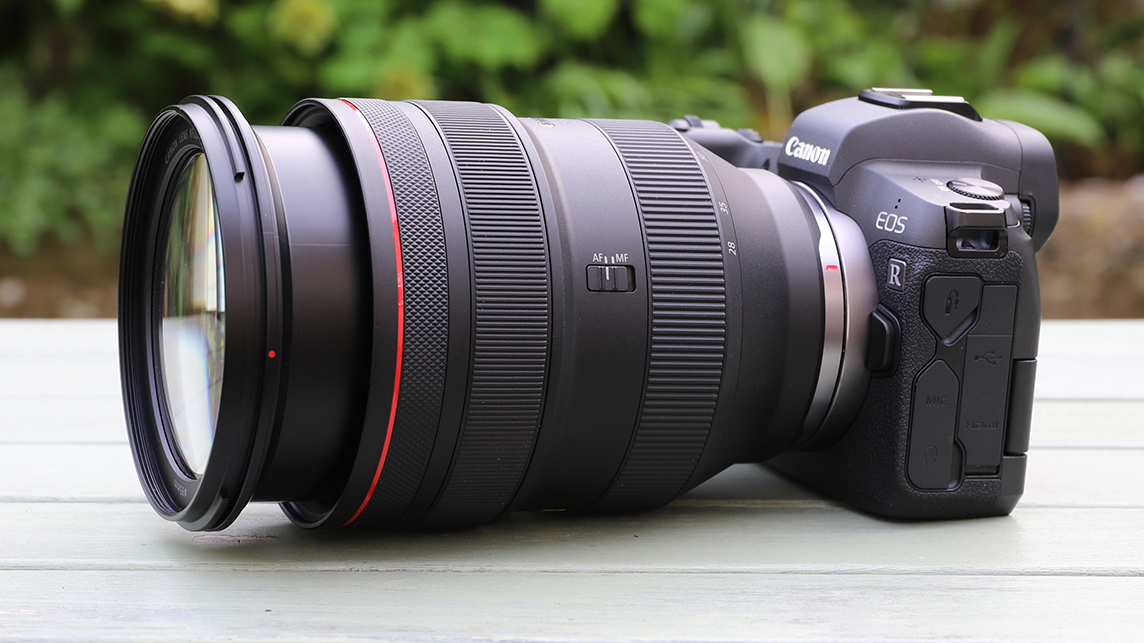
So while third-party full-frame RF-mount lenses could still be on the cards, Canon seems reluctant to commit to a specific timeframe of when they might appear. It's said that this may be due to there being higher profit margins on the sale of lenses versus camera bodies. It therefore makes sense for Canon to seek to maintain as large a market share on lens sales as possible.
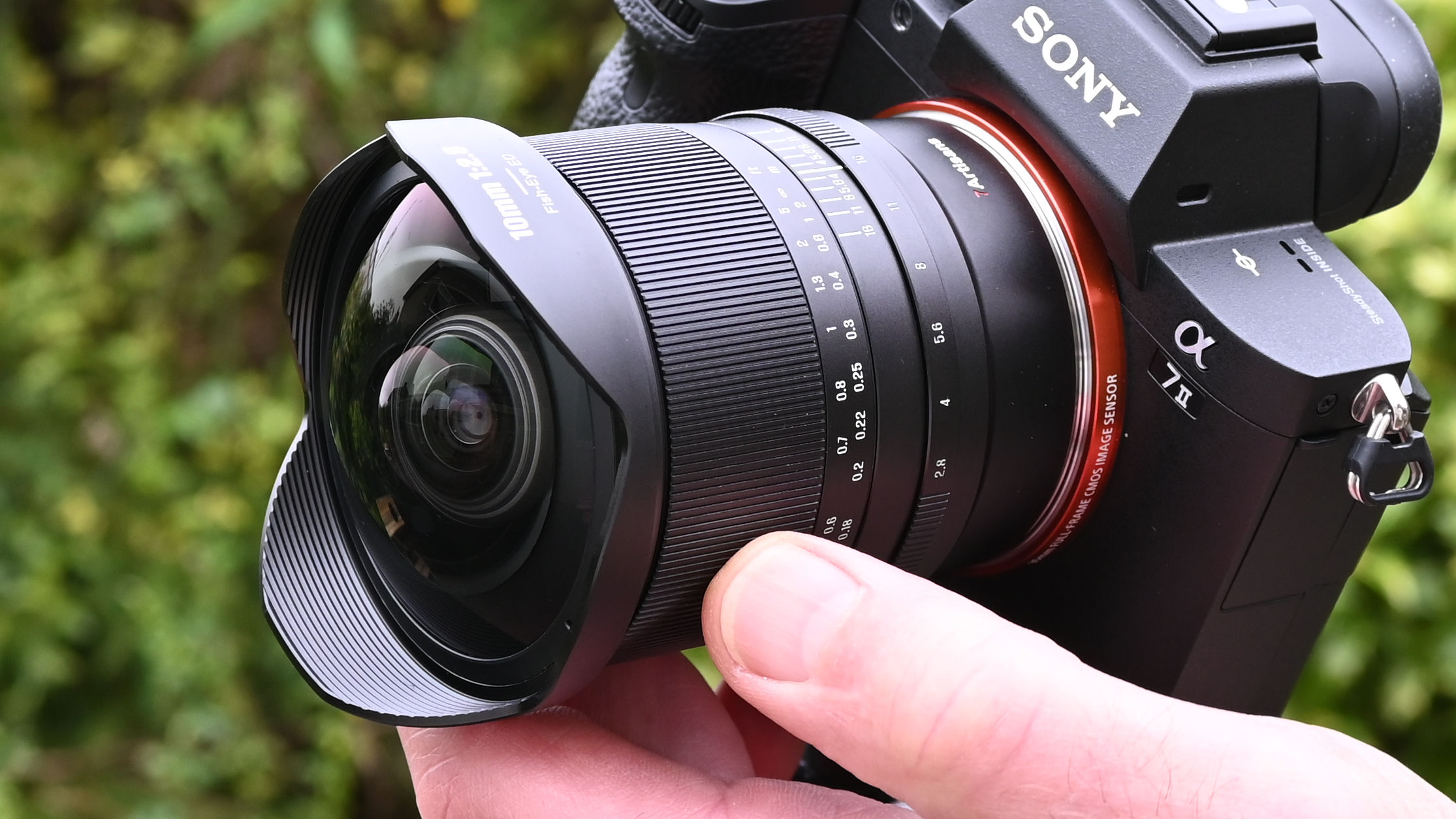
This is in contrast to Nikon and Sony, which have both bolstered their respective mirrorless lens ranges with lenses from third parties. Sony in particular, partly by virtue of the age of the E mount standard, now supplements its own E-mount lenses with an enormous selection of compatible optics from external manufacturers. While this will inevitably steal some lens sales from Sony, it makes the format more attractive to new adopters, which will have a positive impact on Sony camera and accessory sales. It's likely Canon's position as market leader (in terms of camera sales) puts it in a unique position to continue its monopoly of full-frame RF-mount lenses.
Story credit: news.mynavi.jp







